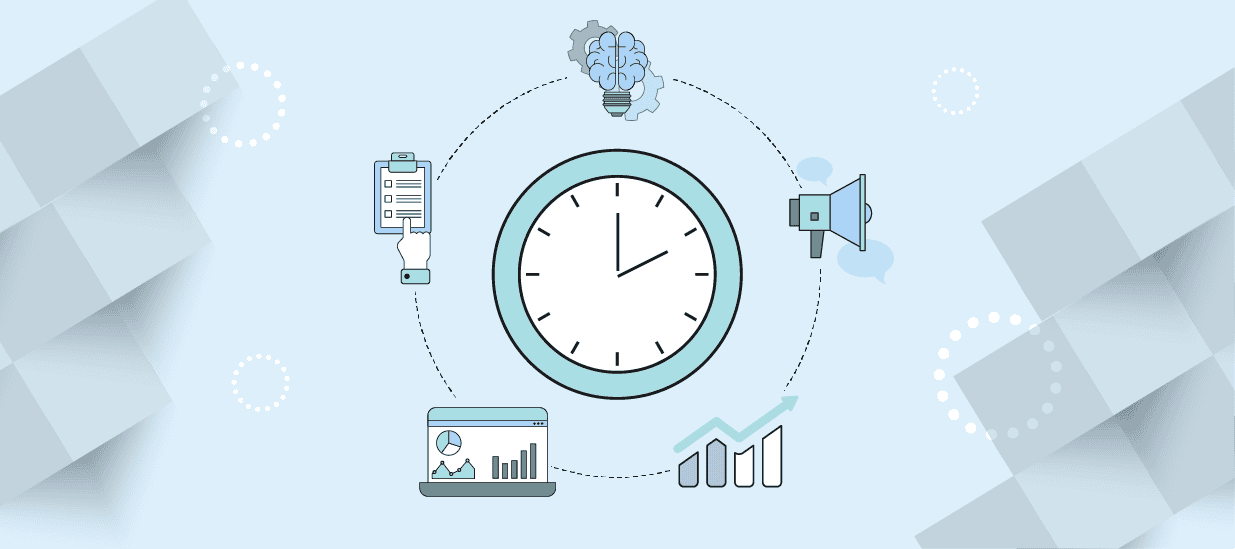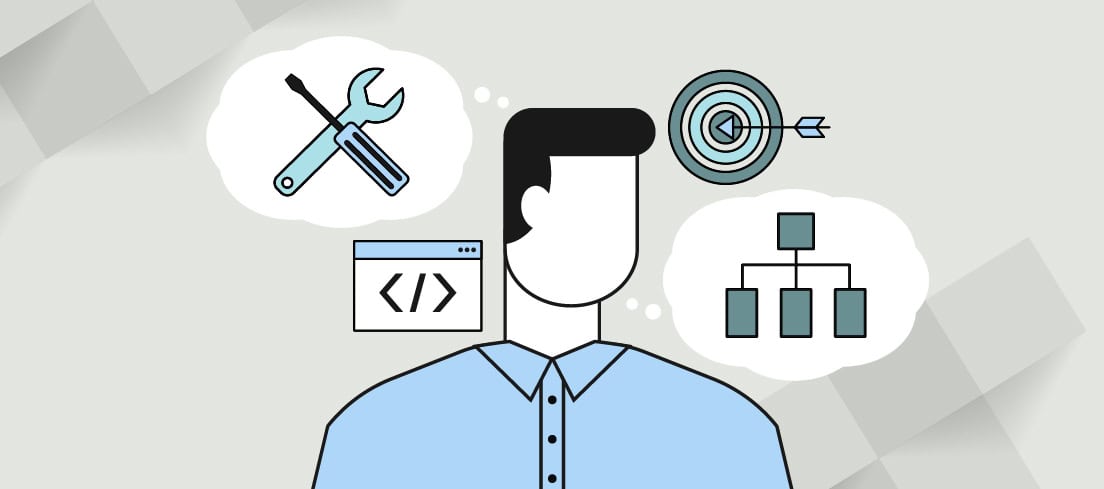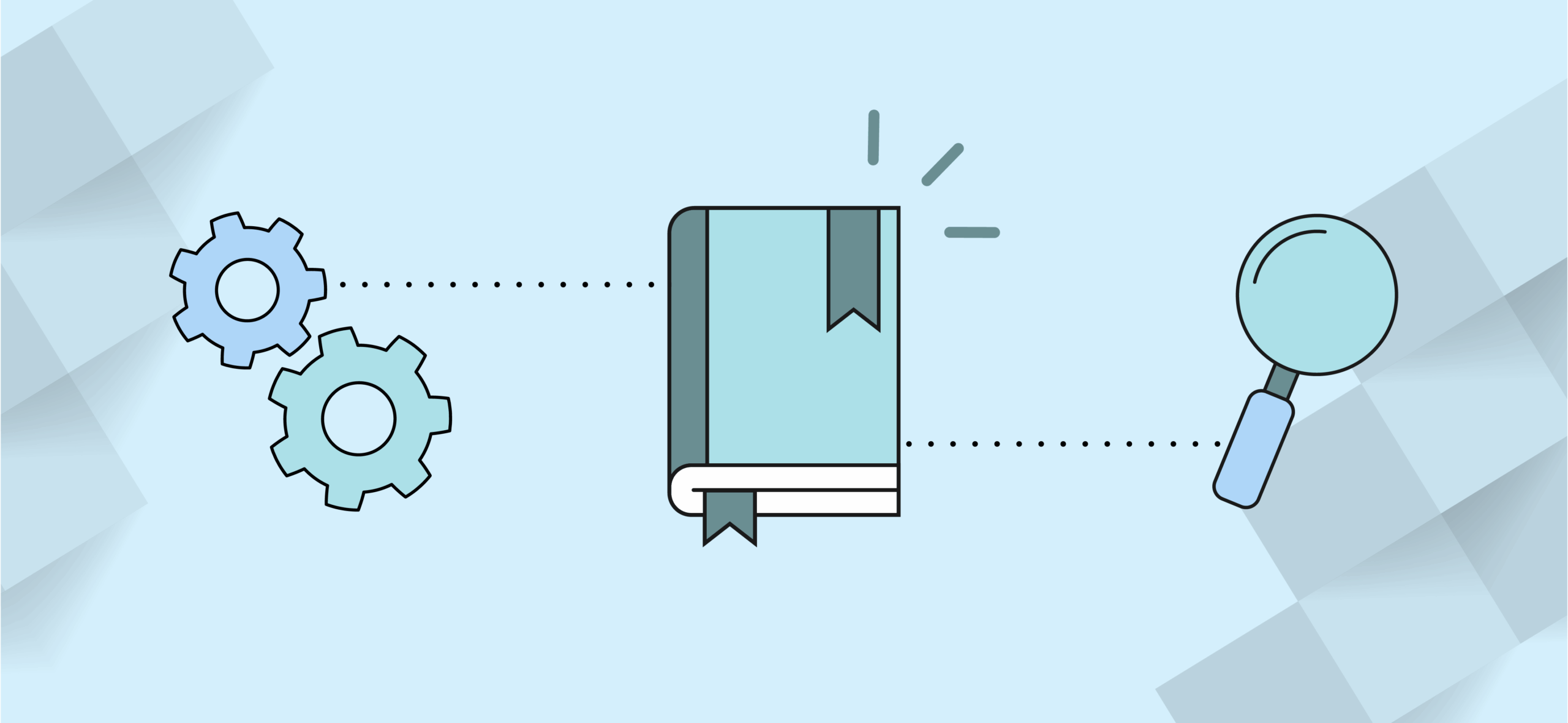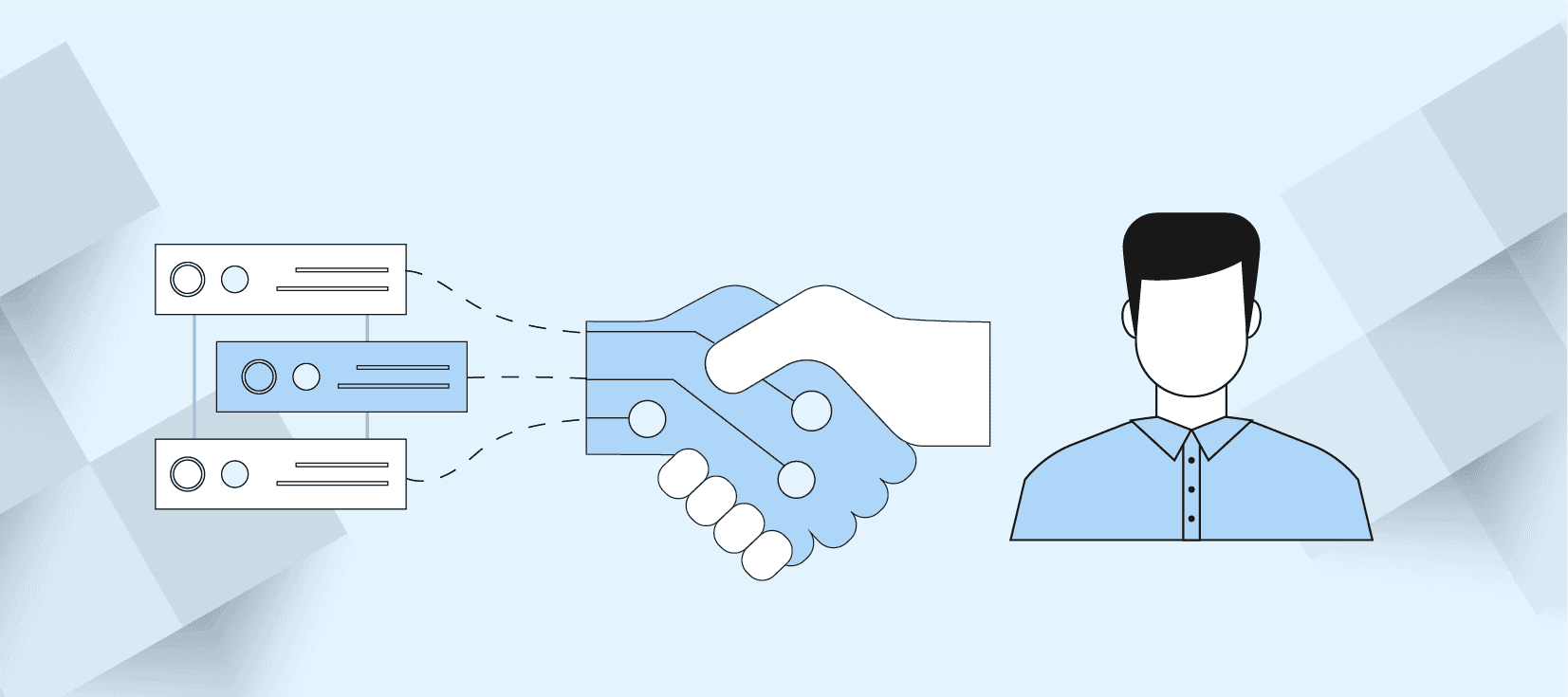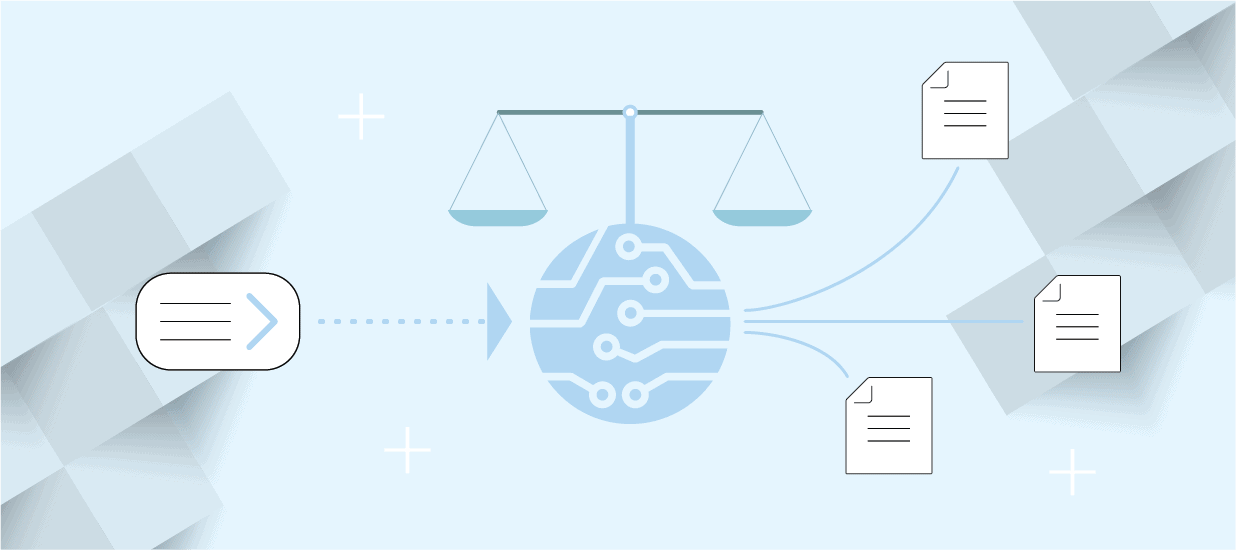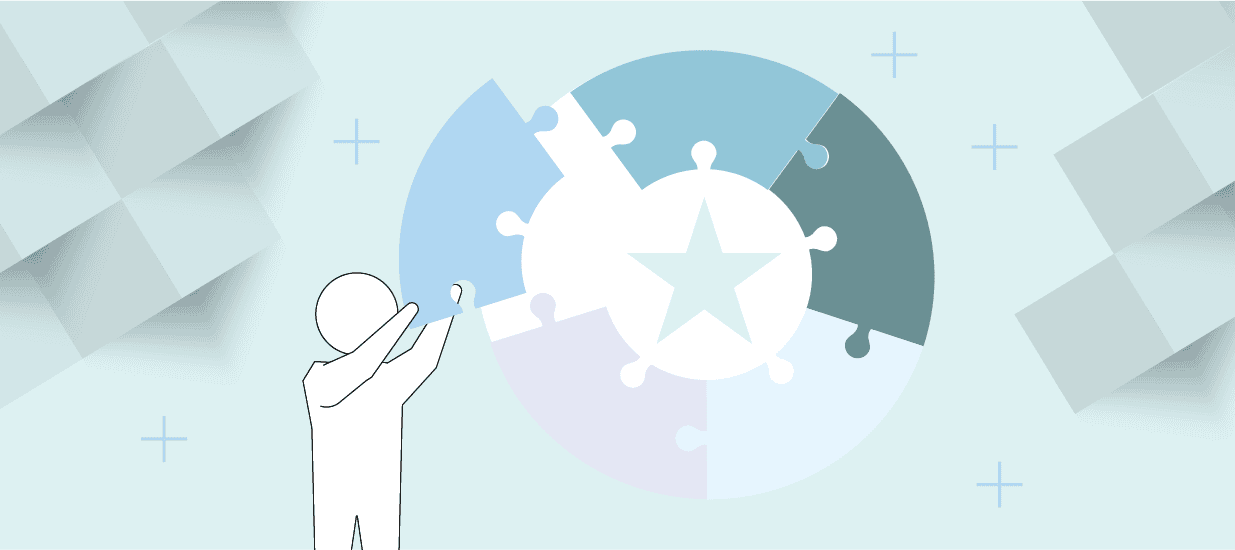7 minute read
Learn how product professionals define product end of life (EOL), uncover EOL’s role in the product life cycle, and explore our expert tips for product teams to manage EOL.
All good things must come to an end, including products. Products progress through the product life cycle from launch to decline. A company may decide to “end of life,” or EOL, a product by removing it from the market. Product managers play an essential role in gracefully guiding their products through the end of life stage while supporting customers and sales teams.
When a product reaches the final stage in its life cycle, product managers should carefully retire it.
In this article, we’ll define EOL and discuss its role in the product life cycle. If you’re eager to jump ahead, use the links below.
- Product EOL Meaning
- EOL and the product life cycle
- Deciding to EOL a product
- EOL strategy for product managers
What is Product End of Life? EOL Meaning
Product EOL occurs when a product reaches the end of its life cycle. When a product reaches EOL, it has reached the end of its useful life and is retired. Therefore, users do not receive updates after EOL. Companies will stop selling, marketing, and provisioning services and support for the product after it reaches EOL. The product may be completely removed from the market or removed and replaced with a new version.
EOL in the Product Life Cycle
EOL happens after the final stage of the product life cycle. The product life cycle consists of five primary stages:
- Development: During development, companies invest in research and product development strategies to design prototypes. Teams should use data to solve market problems when developing products.
- Launch: The product is introduced to the market during the launch stage. This can include the initial product launch and marketing used to supplement that launch.
- Growth: The growth stage begins when the product has been launched and established its place in the market. Customers have embraced the product, and sales are growing.
- Maturity: The maturity stage occurs when a product reaches its peak. Sales stagnate, and the product has reached market saturation. Additionally, the product may face competition, which can affect demand.
- Decline: During the decline stage, a mature product loses interest from customers. In this stage, sales start to decline.
The decline stage is difficult to overcome. After reaching the decline stage, companies may find new ways to iterate or market the product to revive sales. For example, if sales of an Apple iPhone model decline, Apple may release a new model with updated features (an iteration of the core product) to revive sales. Then, the product life cycle restarts.
When should a company EOL a product?
EOL can happen for several reasons. Technology changes can make the product obsolete. Market factors such as pricing or competition may make the product unviable. Or the product may no longer meet revenue or profitability goals.
If the product reaches the decline stage and the company does not iterate it, they may choose to discontinue it. When a product is discontinued, it reaches the product EOL stage. Although it is the final stage of the product life cycle, there are many smaller steps that product managers must master to set a strong strategy and gracefully discontinue the product. This stage can strategically shift the business model or drive higher annual recurring revenue (ARR) and lifetime customer value (LCV).
Additionally, several internal and external factors can influence the decision to EOL a product. Outside influences on the product life cycle can accelerate the EOL decision, or EOL decisions may need to be made in short periods of time. Furthermore, they can dramatically affect a company’s product portfolio and have significant financial results. The decision to EOL a product can impact product professionals, designers, marketers, sales teams, and customer support teams (just to name a few). So, the decision to EOL a product should not be taken lightly.
Managing Mergers & Acquisitions
EOL may also occur when companies with similar products are merged or acquired. When two companies integrate, they may find that their products overlap. In these cases, it may make market or financial sense to EOL one product to promote another. This is common in small-market and mid-market SaaS companies.
Product retirement from M&As can disrupt customers. For many customers, the product may have met or exceeded expectations. The decision to EOL a product can significantly disrupt the best or highest-value customers.
EOL for Product Managers
Product Managers can provide insight into a product’s end of life. The decision to discontinue a product during M&A or after a shift in product strategy may trigger customer churn. Understanding customer sentiment beyond general loyalty and NPS scores is essential to gracefully EOL a product, particularly when assessing risk factors among high-value customers. Product managers are in a unique position to bring strong market data to the decision-making process.
Developing an EOL Strategy
A strong product EOL strategy is critical to a company’s growth strategy. We recommend planning for the product retirement stage as early as the concept phase. Market volatility can cause product managers to need an EOL plan (or at least a major product pivot) during a product’s life cycle.
EOL Playbook for Product Managers
Companies like Veritas Technologies use product EOL policies and playbooks to embed standard practices and establish compliance guidelines across teams. While the decline stage and sunsetting of a product may be disappointing for product teams, this stage is complicated and requires near-flawless execution. Teams need to dedicate the same level of strategy and planning in the EOL phase as they do in the launch phase.
Creating a Product EOL Playbook can involve 6 key steps: conducting an EOL product assessment, creating an EOL product announcement, planning the end of product sale, setting the end of software maintenance, and communicating end of support.
Step 1: Conduct a Product EOL Assessment
Before taking the steps to sunset a product, product managers should conduct an assessment. This will help understand if a product retirement makes business sense. This requires market research, customer data, and financial analysis. Some other steps to complete an assessment include:
- Examine Key Assumptions. Validate your company’s assumptions about the products and the market by interviewing customers and conducting win/loss analyses.
- Evaluate Competitors: Evaluate your competitors’ go-to-market strategy, channel partners, and marketing programs.
- Review Key Metrics: Work with other teams to evaluate monthly recurring revenue (MRR), ARR, and LCV. Correlate that data with customer satisfaction and loyalty scores. The product may not be the issue if you find a repeatable pattern of happy and profitable customers.
- Test New Financial Models: Partner with the finance team to build a new financial model with new inputs that adjust for the cost of acquisition, support, and R&D. Determine whether this strengthens the product’s contribution to the company’s bottom line.
- Investigate Alternatives to Pricing: Look for different aspects of monetization to make the product stickier.
- Conduct a Funnel Analysis: Identify where products are getting stuck or are falling out of the sales process. Determine what you can do to improve the marketing qualified lead (MQL) to sales accepted lead (SAL) ratio.
- Streamline: Determine whether the sales model can be streamlined. If possible, reduce the number of outstanding sales days.
- Collaborate with Sales: Interview the top sales team members to understand their experience selling the product.
Once you gather this data, meet with your product team to investigate and analyze the data in real-time. Solicit input and draw conclusions at each phase of the assessment. Furthermore, you should encourage the team to respect the data and challenge preconceived notions.
Step 2: Create a Product EOL Announcement
After you’ve made the decision to EOL your product, devise a clear communications plan. Decide when and on what cadence (daily, weekly, monthly, etc.) you will inform the product team and key stakeholders and through which channels (email, meetings, etc.). Work with your sales and customer support team to communicate with key accounts. Share your findings and EOL plan directly with business analysis. Finally, publicly announce the timeline.
Step 3: Plan the Product End of Sale
Ending the sale of a product can have direct financial impacts on individual team members. Plan and clearly communicate a sales compensation plan for your sales team. Ensure that all teams understand the timeline and end-of-sale date. Begin removing products and SKUs from any sales catalogs and ending marketing programs for this product. This may involve ending campaigns and removing mentions of the product in marketing collateral.
Step 4: Set the End of Software Maintenance
The end of software maintenance is the date that product software will no longer receive regular updates. Announce the end-of-maintenance date to customers, wind down, and reassign development, quality assurance, and Tier 2 support teams.
Step 5: Communicate End of Support
Once the end of software maintenance is complete, notify current customers of the last day that support will be offered for the product. Wind down and reassign Tier 1 support teams.
Finally, the product EOL stage and the entire product life cycle require lots of work from many different players. After you reach the End of Support, be sure to acknowledge the hard work of the product and support teams.
Identify Alternatives to Product EOL
During this process, your team may realize that EOL is not the best path for your product. If taking a product to the EOL stage is not a desirable outcome, consider other options:
- Put the product on a limited release and limited support plan. Ask customers to agree to a support premium for additional services.
- Identify a customer consortium that is willing to either fully or partially fund the continuation of the product. Your company could be hired to develop selected features and continue offering support for the product.
- Find a friendly buyer for the product solution. Your company’s technology, integrations, and marketing partners could be strong options.
After complete analysis and assessment, drive the team to a definitive conclusion and a specific recommendation with clear actions. Ultimately, respect for the decision and commitment to follow through are critical. Product managers should communicate early and often with key stakeholders as part of their essential responsibilities.
Remember, ending a product doesn’t always have to mean ending support for it. You can explore creative solutions to preserve the value that customers perceive from your company. Maintaining positive relationships with the customer base may be just as important.
Author
-

Mike Smart, with 33 years in product consulting, has made significant contributions at Tandem Computers, GRIC, and Pragmatic Institute. His expertise, honed at Master Software Inc., Nsite, and Egress Solutions, focuses on accelerating product sales growth through market-driven practices. With a background that includes roles at Bishop Ranch Intelligence Innovation Accelerator and Salestable, Mike brings a wealth of experience to drive positive outcomes. For questions or inquiries, please contact [email protected].
View all posts

